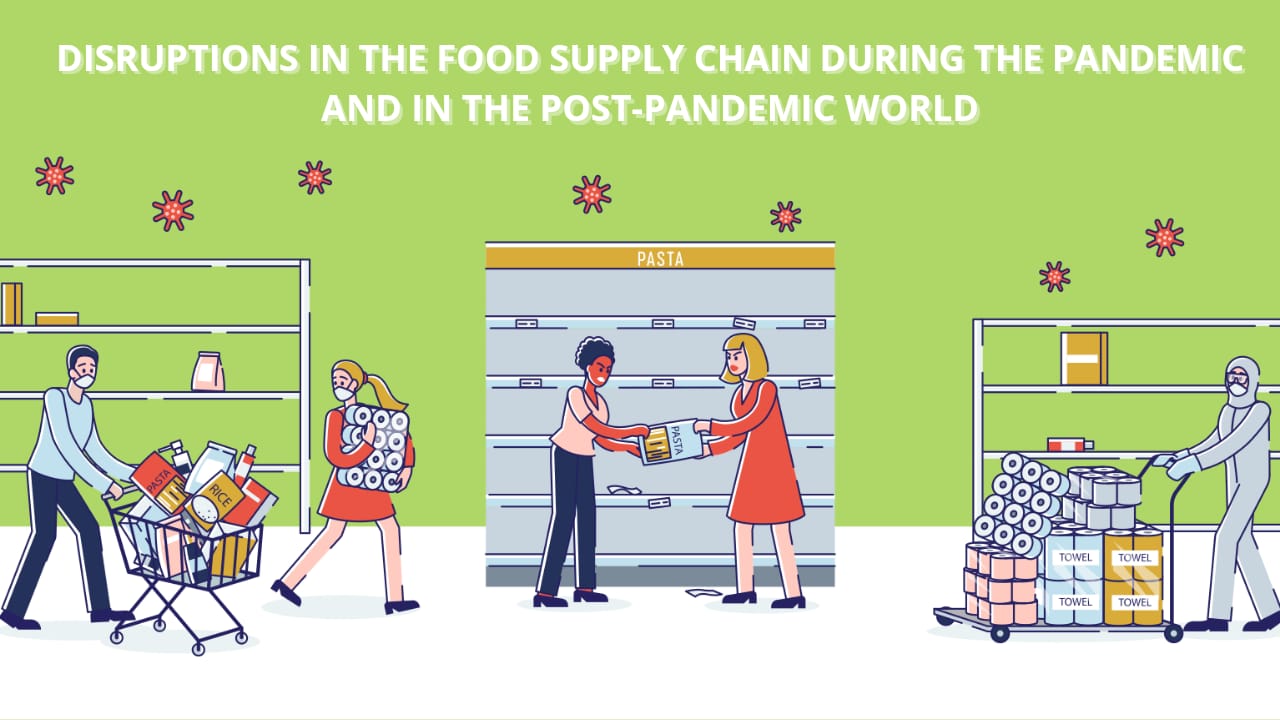Catastrophic Food System Disruption Expert Elicitation Survey Biology Diagrams A fox is considered a secondary consumer. (Foto: CC0 Public Domain / Unsplash / Scott Walsh) In a pond or wetland setting, a food chain may look a bit like this: . Algae is the autotroph/producer and gets its energy from the sun.; Insect larva eat the algae and the energy is passed on.; The insects are then eaten by birds.; The birds are eaten by foxes.; A fox might be eaten by a coyote, and

Food chain disruptions can also result in shortages of certain products, leading to panic buying and hoarding. This can create a cycle of scarcity, where demand outstrips supply, leading to even higher prices. For example, some farmers have shifted from growing crops for export to growing crops for local consumption. Some food processors in the food demand and consumption of food products. For example, the import of food products spikes in a region that has recently experienced a natural disaster (Figure 4). Consumers here may include schools, hospitals, shelter camps, humanitarian agencies, and aid workers. 2.1.6.

What is the impact of habitat destruction on food webs and chains ... Biology Diagrams
In this context, food supply chain disruptions can refer to any significant failure in the flow of food products from production to consumption [78], representing highly complex risks that can affect the operation and infrastructure of food systems.Supply chain disruption and uncertainty risks are growing, and modern Food Supply Chains (FSC) are among the most vulnerable to such threats [11]. This ripple effect can continue up the food chain, affecting a wide range of species. Furthermore, habitat destruction can lead to a decrease in biodiversity. Biodiversity is crucial for a healthy and resilient ecosystem. It ensures a variety of food sources for different species and allows for a more stable food web. Food chains are essential for maintaining ecological balance by regulating species populations and transferring energy across trophic levels. What happens if a link in a food chain is disrupted? Disrupting a link in the food chain causes a ripple effect, impacting populations at other levels and potentially harming the entire ecosystem.
)
When the food chain is disrupted by a global pandemic and the system starts to unravel beyond our control, we wonder what if this is our new "normal." For example, butter or sour cream packaged for foodservice operations cannot be sold to retail as packaging and labeling requirements are not the same. It also cannot be distributed to Zering: In simple terms, the food supply chain can be characterized as all the steps that have to happen to get food from concept to consumers − and that turns out to be a pretty complicated set of activities.A second way to describe it is that it's a coordinated series of business interactions to get all those steps completed. Production, transportation, processing, marketing, packaging
